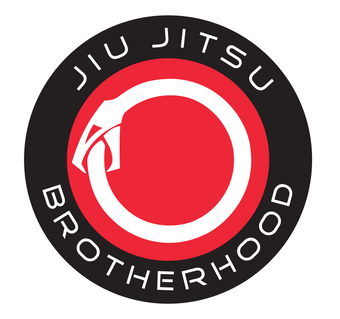This article was written by osteopath, black belt, and owner of Centre Line BJJ, Miad Najafi.
For those of us who have been involved in grappling arts of any kind, from Judo and Brazilian Jiu-Jitsu to Sambo and Wrestling, the neck is the most common part of the spine to be affected by injuries and pain. There are a multitude of reasons for this, with the main reasons being that the neck is the most mobile, and therefore, the most vulnerable part of the human spine. There is, however, more than just an anatomical reason for this vulnerability, and that is the fact that grappling arts put significant compressive forces through the neck, which is rarely seen in all but a few other sports.
Constant battles for head control in the form of cross-face control, collar ties, guillotines, chokes and stacking, all put enormous pressures on the grappler's neck bones, joints and soft tissue structures, which will predispose the athlete to a variety of different conditions. (This is discussed in further detail in the authors exercise video "The Grappler's Longevity Program: Volume 1").
Having said that, due to several issues of modern technology, even the most active competitors are also exposed to a more silent cause of neck pain and injuries, which often dips under the radar, and that is Forward Head Posture (FHP).
FHP, also known as Scholar's neck, Reader's neck and Poke neck, is a very common condition and is described when the head, specifically the ear area, sits forward in relation to the shoulder joint. Ideally, our head should sit directly on top of our neck and shoulders with minimal muscular activity, sometimes described as a "golf ball on a tee." In fact, for every inch your head protrudes forward from this ideal alignment, you add approximately 5kg of force onto your neck! That is a lot of potential pressure which can cause a huge variety of issues, from headaches, arm pain, neck pain, shoulder issues, back pain, to even issues with your jaw.

What are the causes of FHP?
In modern societies, FHP is at epidemic levels, sedentary work, staring at screens, particularly tablets, laptops and phones, which force us to look down while typing and browsing are often to blame. Sitting and driving for long periods, especially if you round your shoulders and spine, can also contribute to FHP. If this continues for long periods, certain muscles become shortened and tight, and some become stretched, thus compromising the integrity of the ideal posture.
These postural imbalances result in long term muscle strains or pain (myalgia), disc herniations (bulges), and arthritic changes (spondylosis), which carry the potential for the irritation of the delicate nerves which exit at the spinal level, causing pain, weakness and pins and needles into the arm and hand. To compound this, imagine you are spending hours per day staring and working on screens with an FHP and then turn up to a Jiu-Jitsu class to have your head pulled and pushed around by a physically capable individual? It would be fair to state that it would predispose the area to even further damage and pain; therefore, it is just as crucial for all grappling athletes to consider their posture when they are not training than when they are, and below is a series of exercises which will help optimise your posture and minimise FHP.
What can you do to address these postural imbalances?
Sub Occipital Release: The sub occipitals are a series of muscles at the base of your skull, which can get particularly tight in cases of FHP. You can gently release these using a massage or tennis ball. Lay on your back, or lean up against a wall with the ball under the base of your skull; roll gently up and down and sideways to work into the tender points, 30 seconds at a time. Work this mindfully; it should not be more than a 2 or 3 out of 10 for discomfort.


Chin Tucks: These effectively reverse the poor form of FHP by activating the lengthened muscles, and stretching the tightened muscles, which cause the FHP phenomena. You can sit upright and gently draw and tuck your chin back while elongating the back of the neck, imagine someone is lifting you by the hair on the crown of your head. Hold for 5-10 seconds and repeat 20 times. Always avoid pain when doing these exercises, just touch on the mild discomfort of a stretch, never work through the pain.



Doorway Stretch: Poor mobility of the rib cage, chest and mid-back can also contribute significantly to FHP and any accompanying neck pain. Foam rollers are excellent tools to mobilise these elements of the thorax, but you can get a great stretch of the chest by placing your forearms vertically on either side of a doorframe and gently pushing the chest through to stretch the front of the thorax. Again hold for 20-30 seconds and repeat three times.












0 comments